Summary:
New Yorkers are driving significantly more than they did before the pandemic, with increases seen in major cities like New York City, Buffalo, Rochester, Albany, Syracuse, and Poughkeepsie.
This trend contradicts New York's climate plan, which aims to reduce driving and promote electric vehicles in order to meet emissions targets.
Governor Kathy Hochul has indefinitely paused congestion pricing, a key policy to reduce traffic in downtown Manhattan.
Experts express concern about the impact on New York's environmental sustainability and the state's ability to achieve its emissions goals.
The governor's office has cited its investment in public transit, but has not stated whether reducing driving overall is a priority.
New York City and Beyond: Cars Rule the Road
From the bustling streets of New York City to the quieter roads of Buffalo, residents are driving more than ever before, a trend that directly contradicts the state's climate plan. This alarming shift towards personal vehicles has left public transit systems struggling and roads congested.
<picture> <source type="image/webp" srcset="https://imgproxy.gridwork.co/_nE6pRejG-xqYZPXU-YJrjSWL_v3aBKMCOOi5_QPBhE/w:1230/h:893/rt:fill/g:fp:0.5:0.5/q:90/f:webp/el:1/aHR0cHM6Ly9zMy51cy1lYXN0LTIuYW1hem9uYXdzLmNvbS9ueXNmb2N1cy9ueWNfdHJhZmZpYy5qcGc.webp 1.5x, https://imgproxy.gridwork.co/IRHwcuDQmP5UtrjnV-baoiumF3KOCussZ-gRDKigZO8/w:1640/h:1190/rt:fill/g:fp:0.5:0.5/q:90/f:webp/el:1/aHR0cHM6Ly9zMy51cy1lYXN0LTIuYW1hem9uYXdzLmNvbS9ueXNmb2N1cy9ueWNfdHJhZmZpYy5qcGc.webp 2x, https://imgproxy.gridwork.co/7c1iMDlZjye3cFbW9L3Rcih-bgdChpMll7L4Tsg0Qgo/w:2460/h:1785/rt:fill/g:fp:0.5:0.5/q:90/f:webp/el:1/aHR0cHM6Ly9zMy51cy1lYXN0LTIuYW1hem9uYXdzLmNvbS9ueXNmb2N1cy9ueWNfdHJhZmZpYy5qcGc.webp 3x"> <source type="image/avif" srcset="https://imgproxy.gridwork.co/hj_7iSns334m1mtGzQnnLD17Uokkic4XBYcSqXtqUbE/w:1230/h:893/rt:fill/g:fp:0.5:0.5/q:90/f:avif/el:1/aHR0cHM6Ly9zMy51cy1lYXN0LTIuYW1hem9uYXdzLmNvbS9ueXNmb2N1cy9ueWNfdHJhZmZpYy5qcGc.avif 1.5x, https://imgproxy.gridwork.co/6slsaEeBnhwOEkN7dWyBzePDGjQdvyGYlTbzdLpMmT8/w:1640/h:1190/rt:fill/g:fp:0.5:0.5/q:90/f:avif/el:1/aHR0cHM6Ly9zMy51cy1lYXN0LTIuYW1hem9uYXdzLmNvbS9ueXNmb2N1cy9ueWNfdHJhZmZpYy5qcGc.avif 2x, https://imgproxy.gridwork.co/P-ylpMXd5zIc8bVgf2HIB4ULBI2sJtKSFnQz9v9pdbc/w:2460/h:1785/rt:fill/g:fp:0.5:0.5/q:90/f:avif/el:1/aHR0cHM6Ly9zMy51cy1lYXN0LTIuYW1hem9uYXdzLmNvbS9ueXNmb2N1cy9ueWNfdHJhZmZpYy5qcGc.avif 3x">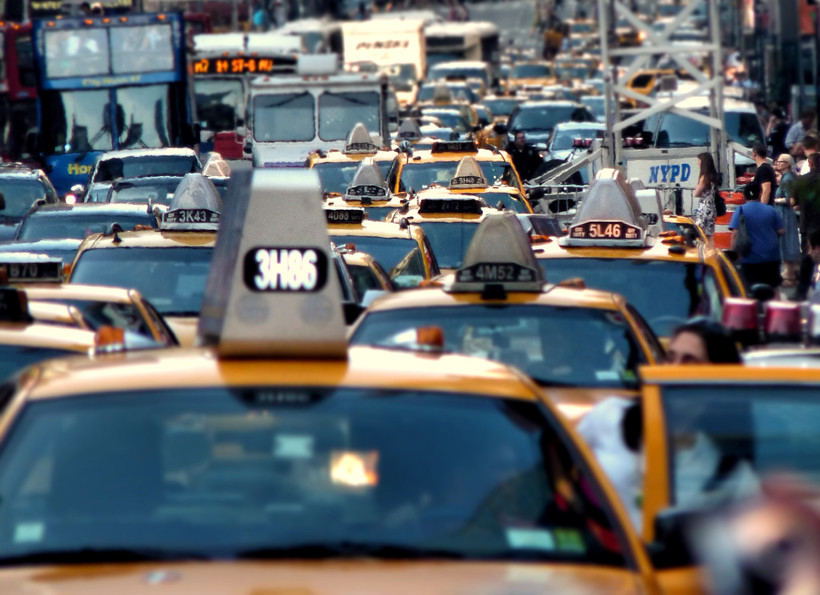 </picture>
</picture>The Covid-19 pandemic saw a surge in car ownership, with many people opting for personal vehicles over public transportation. While social distancing guidelines have been lifted, traffic congestion hasn't subsided.
Climate Plan Under Threat
New York's climate plan relies heavily on reducing driving and promoting electric vehicles. However, the state's most significant policy to achieve this goal, congestion pricing in downtown Manhattan, has been indefinitely paused by Governor Kathy Hochul.
<picture> <source type="image/webp" srcset="https://imgproxy.gridwork.co/DEZMfvfPOIM0D4xmey-22ATappCqDdb4aPeSHDhwxPA/w:1230/h:750/rt:fill/g:fp:0.5:0.5/q:90/f:webp/el:1/aHR0cHM6Ly9zMy51cy1lYXN0LTIuYW1hem9uYXdzLmNvbS9ueXNmb2N1cy9lbGVjdHJpYy1idXMtY2hhcmdpbmcuanBn.webp 1.5x, https://imgproxy.gridwork.co/52dlEDyFr0bzDW8Sl_tsZLMBqgltmh-FRzMvk-d43Gc/w:1640/h:1000/rt:fill/g:fp:0.5:0.5/q:90/f:webp/el:1/aHR0cHM6Ly9zMy51cy1lYXN0LTIuYW1hem9uYXdzLmNvbS9ueXNmb2N1cy9lbGVjdHJpYy1idXMtY2hhcmdpbmcuanBn.webp 2x, https://imgproxy.gridwork.co/Bvq3m5iVkTkLRGs1t-Rp3j2o3MV6YO_3pwwZMqyxHAg/w:2460/h:1500/rt:fill/g:fp:0.5:0.5/q:90/f:webp/el:1/aHR0cHM6Ly9zMy51cy1lYXN0LTIuYW1hem9uYXdzLmNvbS9ueXNmb2N1cy9lbGVjdHJpYy1idXMtY2hhcmdpbmcuanBn.webp 3x"> <source type="image/avif" srcset="https://imgproxy.gridwork.co/T0rAkHeHEW1H8kkrYEBwfCysmSzdfgSkPusuNsujzWs/w:1230/h:750/rt:fill/g:fp:0.5:0.5/q:90/f:avif/el:1/aHR0cHM6Ly9zMy51cy1lYXN0LTIuYW1hem9uYXdzLmNvbS9ueXNmb2N1cy9lbGVjdHJpYy1idXMtY2hhcmdpbmcuanBn.avif 1.5x, https://imgproxy.gridwork.co/zWwZ0Za8yS6es6I7T9Dyr_5qbVybdOy6vvw94li0F_E/w:1640/h:1000/rt:fill/g:fp:0.5:0.5/q:90/f:avif/el:1/aHR0cHM6Ly9zMy51cy1lYXN0LTIuYW1hem9uYXdzLmNvbS9ueXNmb2N1cy9lbGVjdHJpYy1idXMtY2hhcmdpbmcuanBn.avif 2x, https://imgproxy.gridwork.co/gjoICq6Ow_8fVWKoqsDNniukGiJ3xjSu7wYRCH2uTYc/w:2460/h:1500/rt:fill/g:fp:0.5:0.5/q:90/f:avif/el:1/aHR0cHM6Ly9zMy51cy1lYXN0LTIuYW1hem9uYXdzLmNvbS9ueXNmb2N1cy9lbGVjdHJpYy1idXMtY2hhcmdpbmcuanBn.avif 3x">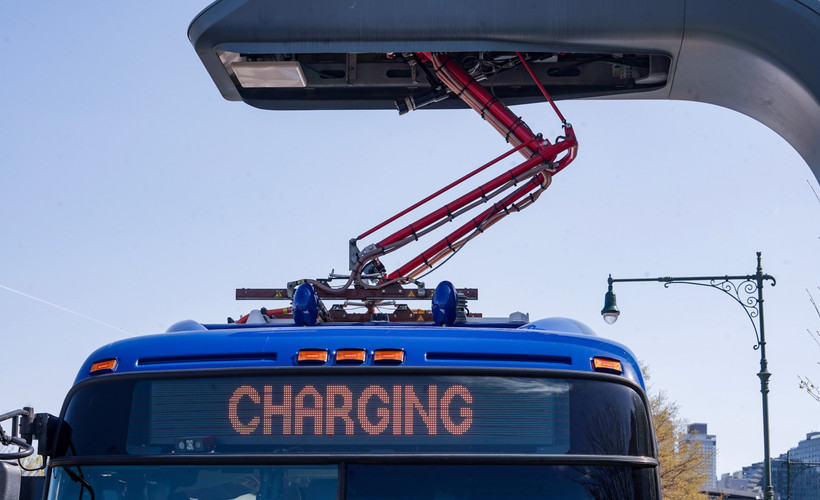 </picture>
</picture>This inaction has raised concerns that the state might fail to meet its emissions goals, especially considering that transportation is the second-largest contributor to greenhouse gas emissions in New York. Experts emphasize that the rise in car use and the decline in public transportation are reversing the progress made towards a more sustainable future.
What's Next for New York's Climate Plan?
The governor's office has cited its investment in public transit as a way to address the situation, but they have not explicitly addressed whether reducing driving overall is a priority. With the UN General Assembly approaching, international leaders will be witnessing the effects of traffic congestion in New York City firsthand.
The future of New York's climate plan remains uncertain as driving increases and congestion intensifies. Will the state find a way to promote public transportation and achieve its emissions goals? Or will the city remain gridlocked, a testament to the challenges of balancing economic growth and environmental sustainability?

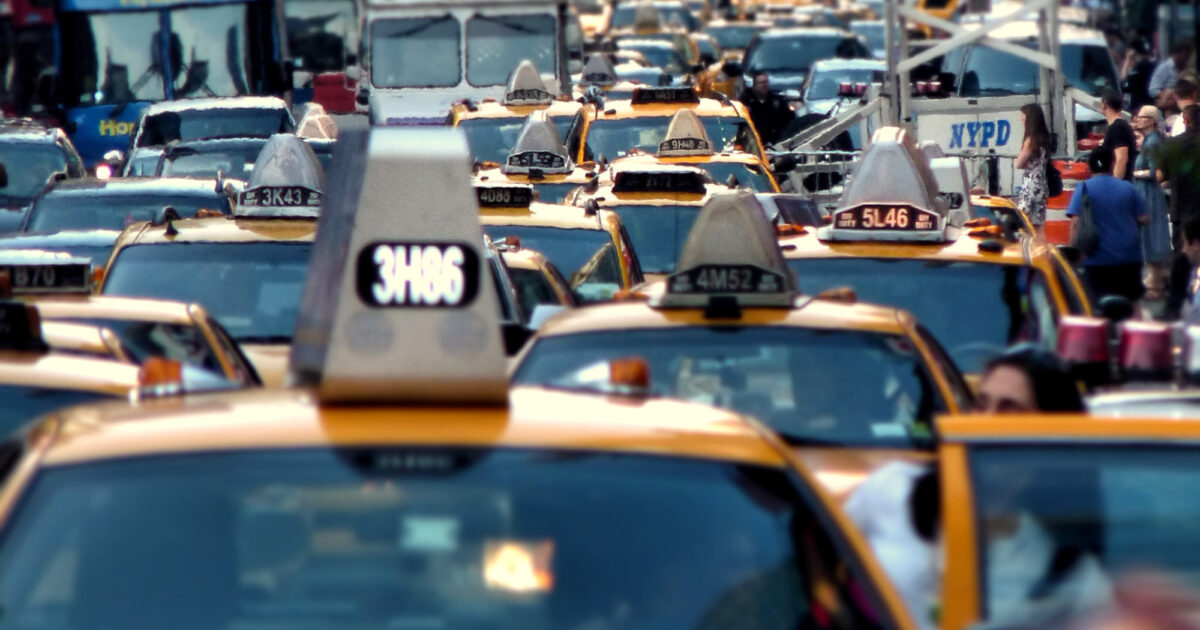

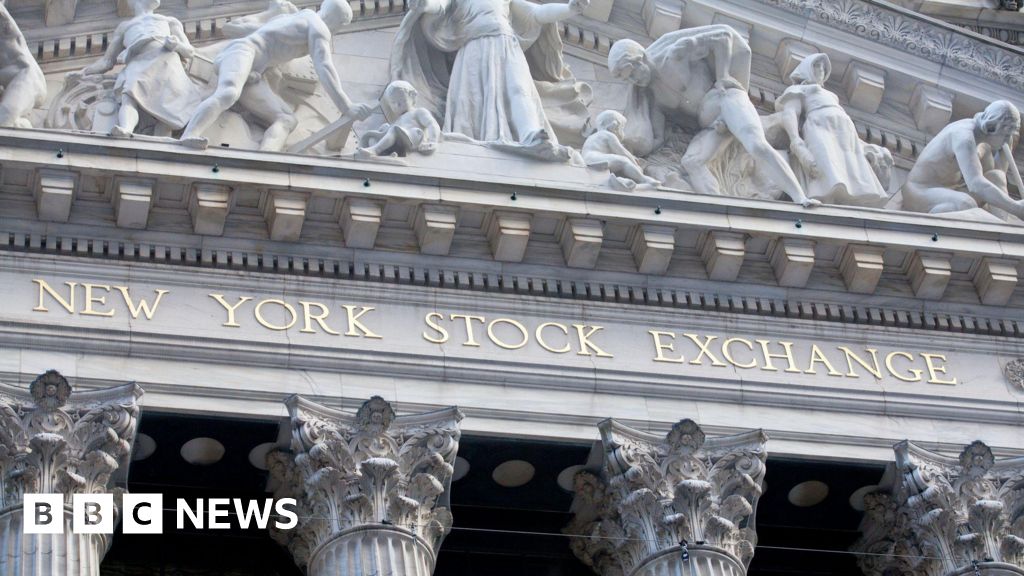
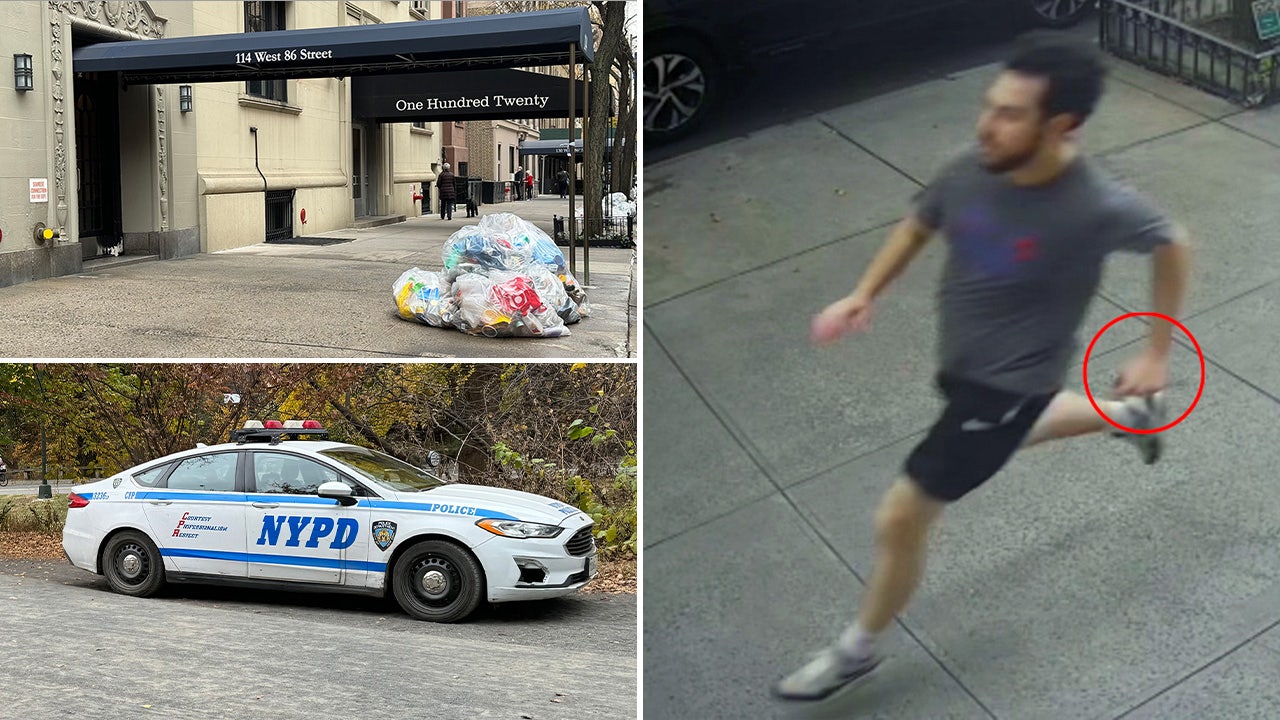


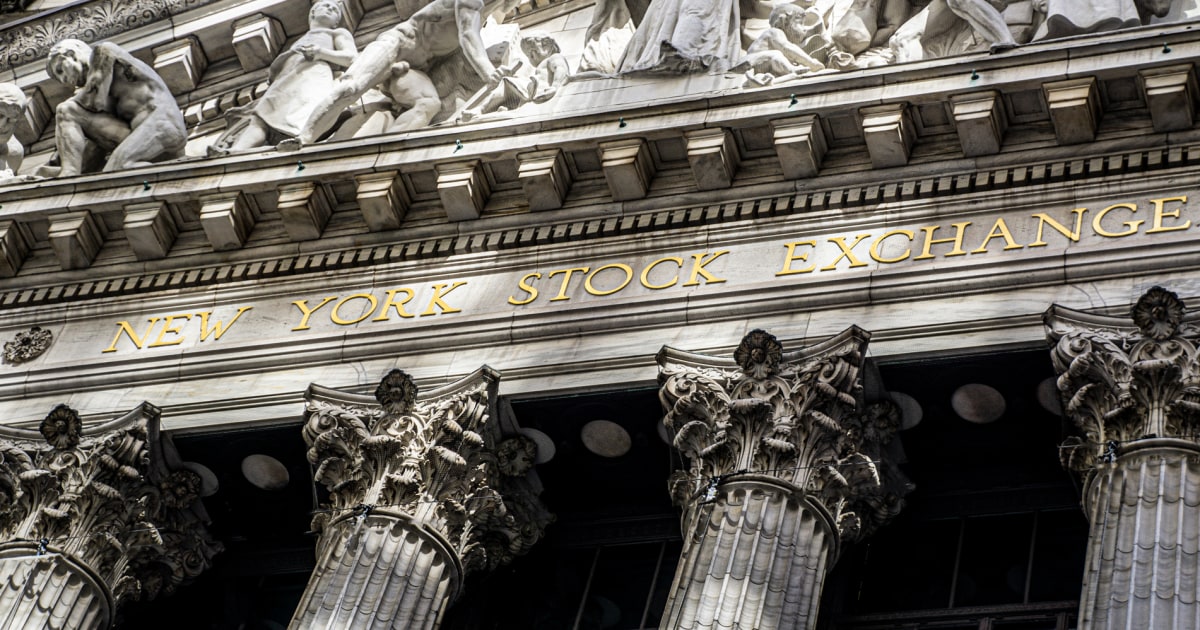

Comments
Join Our Community
Create an account to share your thoughts, engage with others, and be part of our growing community.